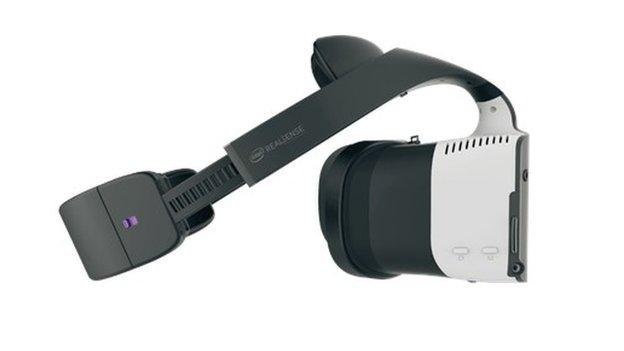CES 2017: Intel VR headset turns living room into game
- Published
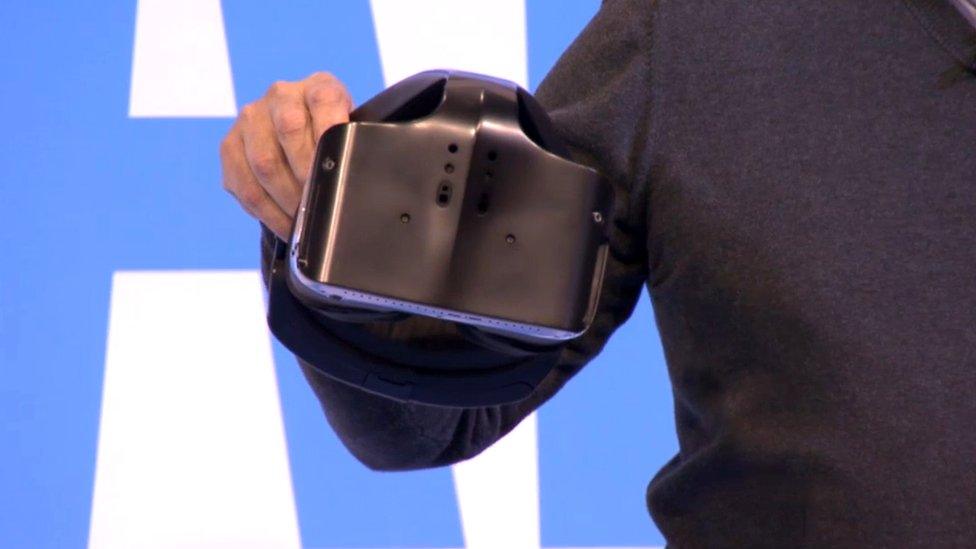
Intel's Project Alloy headset was announced last year - but the CES demo was brand new
Intel has shown off a headset that can replace a room's pre-scanned furniture with more appropriate video game scenery in virtual reality.
The capabilities of the firm's Project Alloy headset, currently in development, were demoed at the CES tech show in Las Vegas.
Chief executive Brian Krzanich said Intel planned to license the technology to manufacturers by the end of 2017.
But one analyst said VR remained a difficult market to target.
The headset does not require a separate PC or a connection to a power source - both computer and battery are built in, noted Mr Krzanich as he introduced the latest prototype.
Two players in a mock living room demonstrated on stage how the headset could create a virtual replica of the room featuring scanned obstacles such as furniture.
Intel calls this "merged reality".
In the demo, the bookcases and coffee table were then replaced, digitally, by similar-sized scenery more suited to the game - a futuristic spaceship.
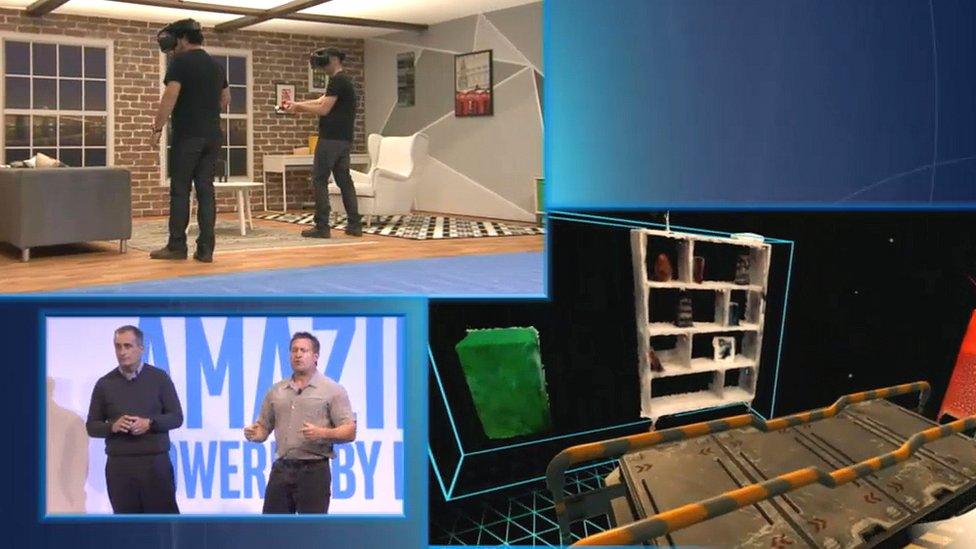
The headset converted scanned objects into more appropriate bits of video game scenery
Project Alloy was first unveiled in August last year, but this was its most advanced demo yet.
"It was certainly interesting," said tech analyst Brian Blau at Gartner, who also praised the freedom offered by an "all-in-one" headset without a cable.
However, he said it would have been even more impressive had the living room been scanned by the headset itself.
"They did say [the room] was pre-scanned, so I was a little bit disappointed by that."
Market share
The device will not be manufactured by Intel, but instead it will offer the technology to other tech firms to build products around.
Intel hopes this process will begin in the final quarter of 2017. But the project's success may rely on others being willing to make content for it.
"They can enable all kinds of stuff but if it is not for the rest of those pieces they'll just have the parts out there," said Mr Blau.
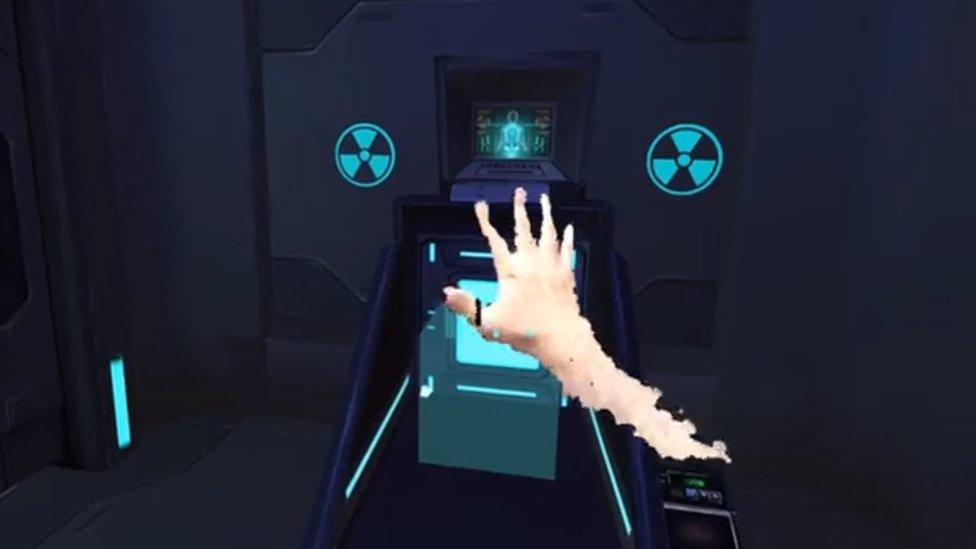
A demo of Project Alloy last year showed how the wearer's hand could be represented within the virtual world
The firm also showed off a variety of other uses for a wide range of VR headsets - including high definition 360-degree video captured at a waterfall in Vietnam.
Mr Blau said the use of volumetric video - which lets viewers peer around objects as though they were really present in the captured scene - was impressive.
"It is something we won't really see en masse for a long time because of its heavy data requirements," Mr Blau added.
Other chip makers besides Intel have been developing virtual reality headset technology.
Nvidia, for example, has been working on software and processors, external to power computing-intensive experiences.
AMD is developing its Sulon Q headset, external, which - like Project Alloy - incorporates a computer and battery onboard, meaning no need for tethers or cables.
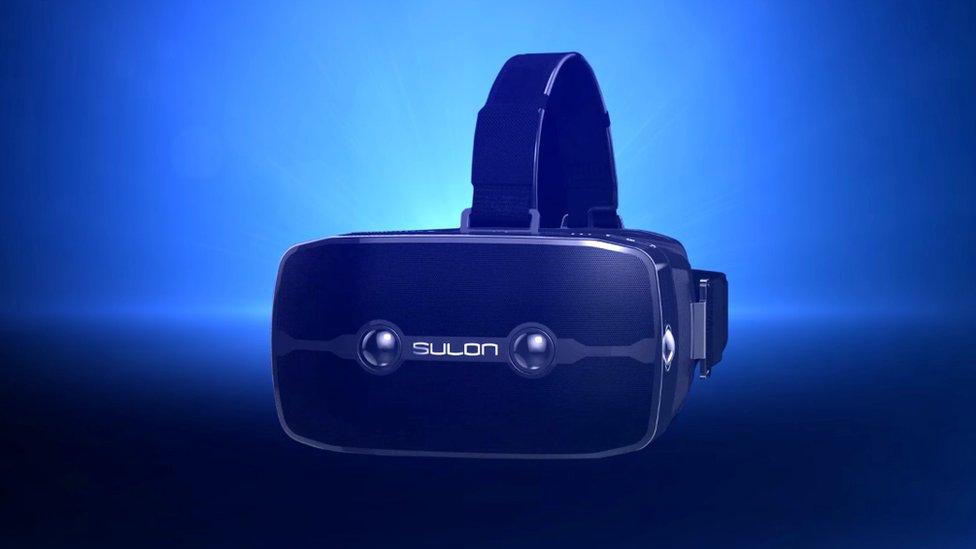
Chip maker AMD recently announced it's own Sulon Q VR and AR headset.
There is some optimism around the potential for growth within the virtual reality market at CES.
US unit sales of VR headsets are predicted to reach 2.5 million in 2017, according to a presentation at the trade show by the Consumer Technology Association.
But during Intel's event, Mr Krzanich acknowledged that many were still unsure if the technology would become truly popular.
"A lot of people are questioning is virtual reality going to take off, is it going to go anywhere?" he acknowledged
.

More from CES 2017:

Follow all our CES coverage at bbc.co.uk/ces2017, external

- Published4 January 2017
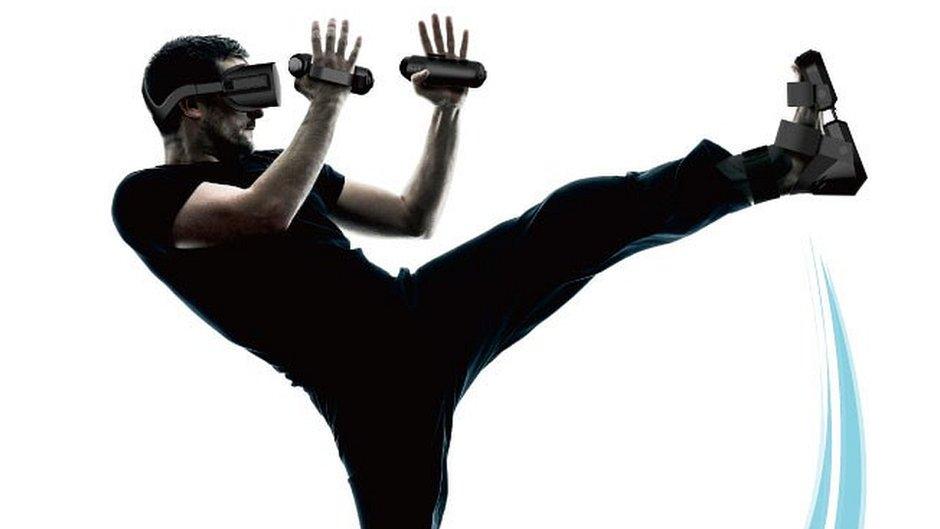
- Published4 January 2017

- Published16 August 2016
